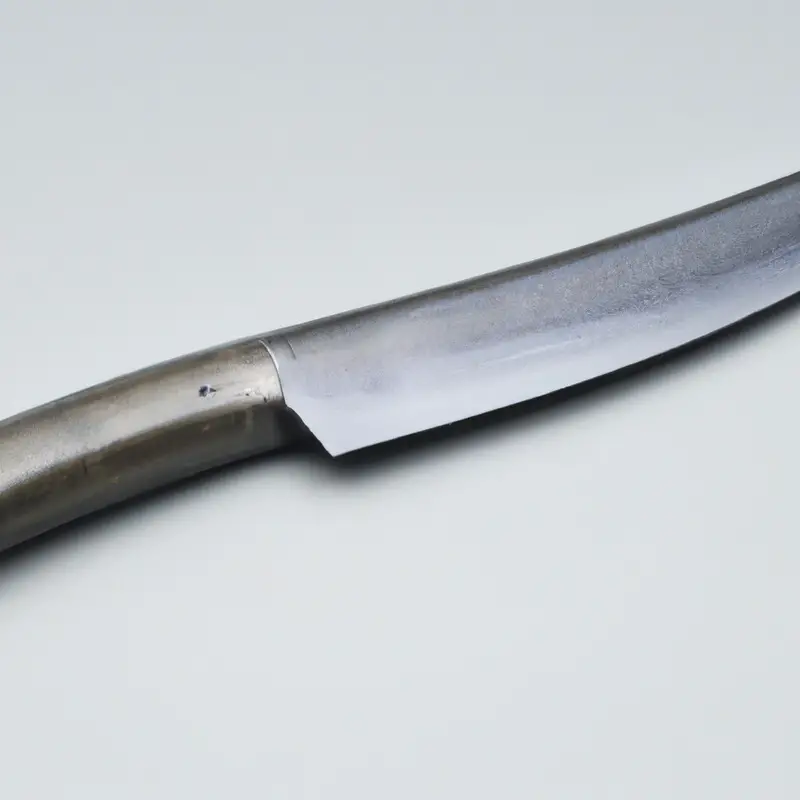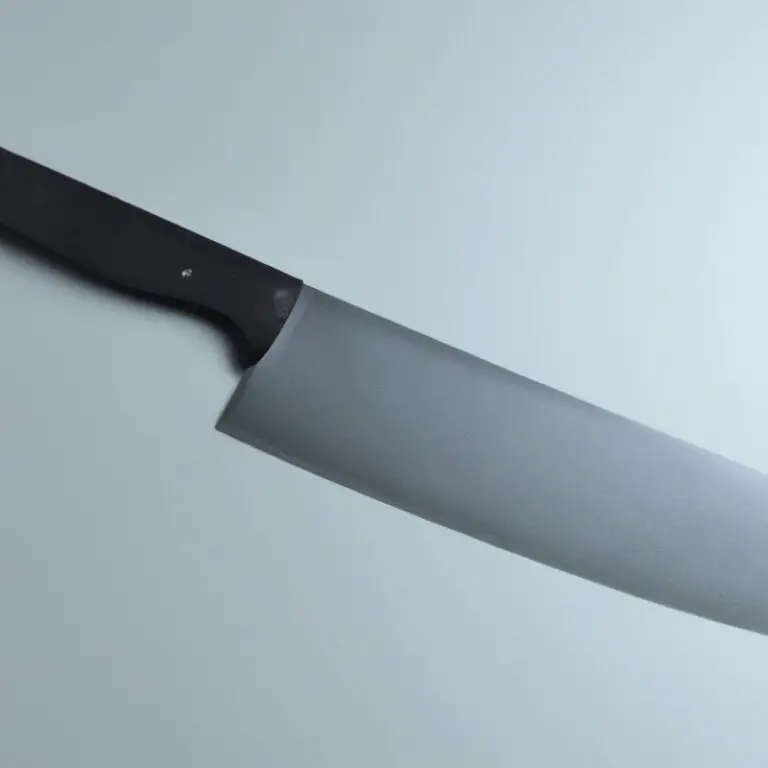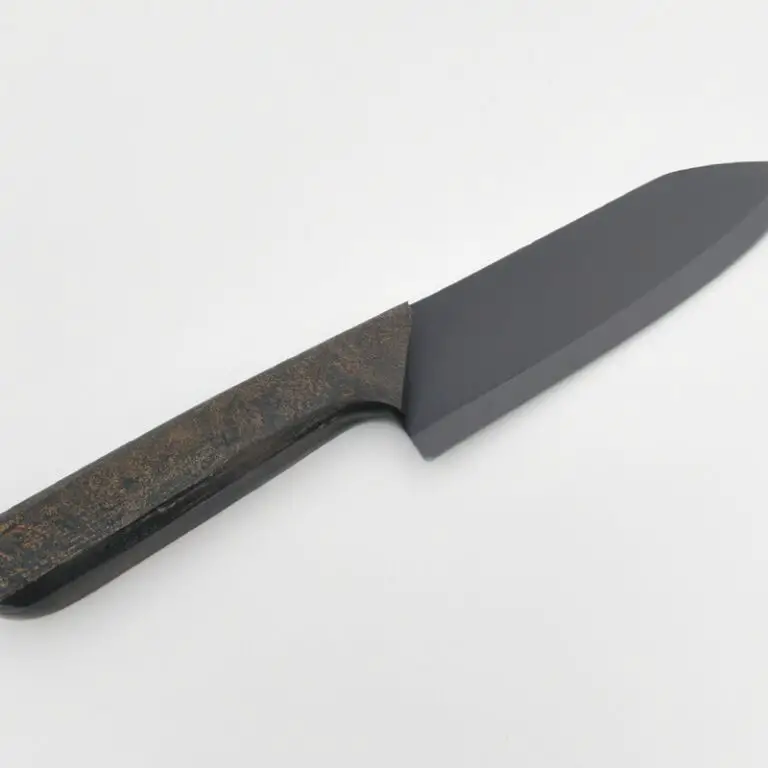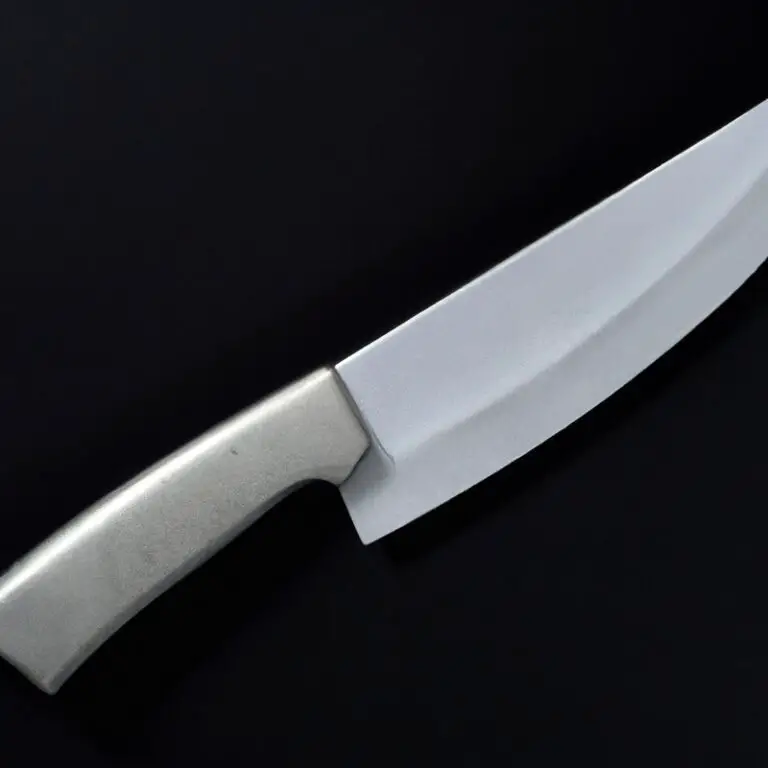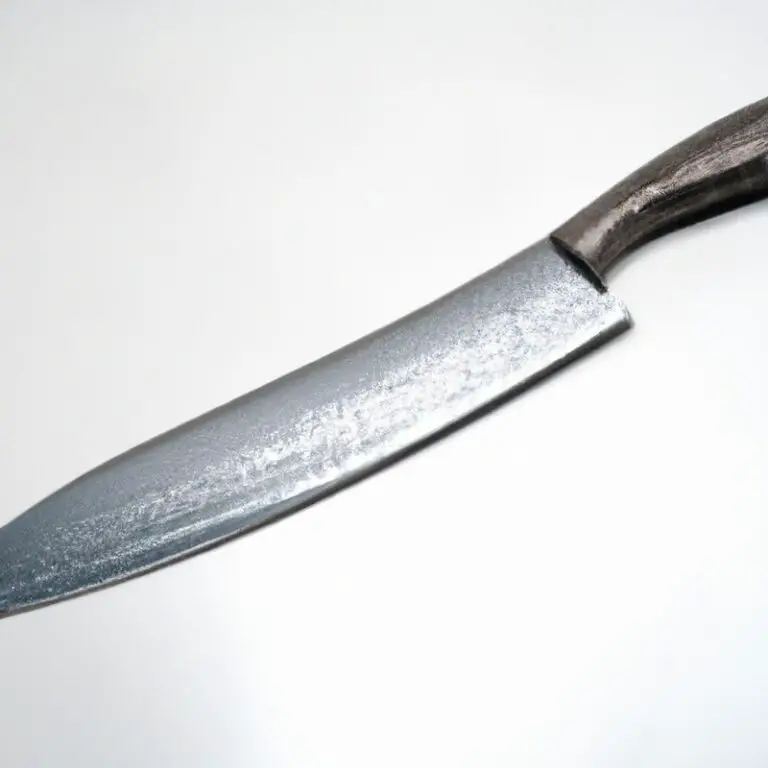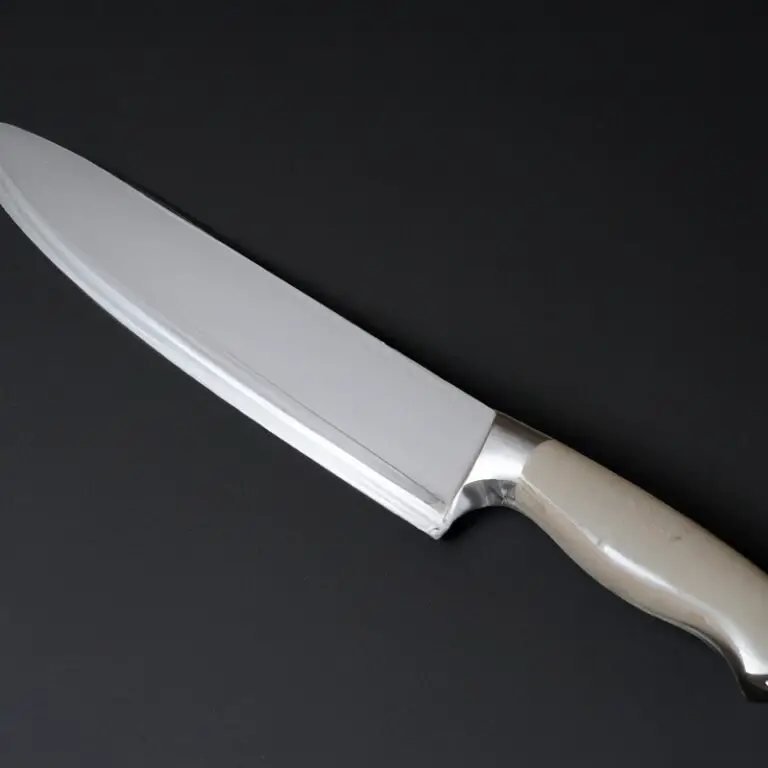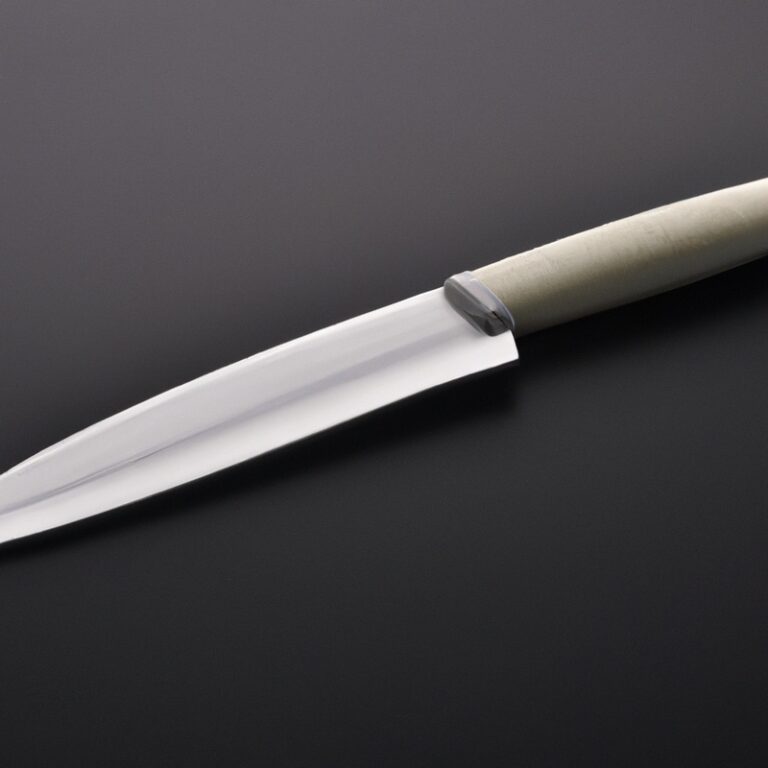How To Maintain And Flatten Sharpening Stones Used For Gyuto Knives? Keep Your Knives Sharp!
Key Takeaways:
- Regular maintenance and flattening of sharpening stones is essential for optimal Gyuto knife performance.
- Use specialized flattening tools and techniques to ensure even wear and avoid damage to the sharpening stone.
- Proper cleaning and storing of the sharpening stone will prolong its lifespan and maintain its effectiveness.
- Consistent sharpening stone maintenance will improve the overall quality and longevity of your Gyuto knife.
As a passionate chef or home cook, you know how important it is to keep your knives sharp and efficient to deliver precise cuttings. However, maintaining your sharpening stones is equally essential to ensure that your knives are always in top condition.
In this article, I will guide you through the process of maintaining and flattening your sharpening stones, particularly for Gyuto knives, and explain why it is so crucial.
I’ll also discuss the different types of sharpening stones, share tips on cleaning and storage, and reveal some common mistakes to avoid. So, let’s get started!
| Step | Description |
|---|---|
| Step 1 | Use a dry brush or cloth to remove any visible debris or loose grit from the surface of the sharpening stone. |
| Step 2 | Submerge the sharpening stone in a container of water for at least 10-15 minutes to allow the stone to absorb water. |
| Step 3 | Place the sharpening stone on a flat surface and apply a few drops of honing oil or water to the surface, depending on the type of sharpening stone. |
| Step 4 | Using a flattening stone or diamond lapping plate, gently rub the surface of the sharpening stone in a circular motion until the entire surface has been flattened. |
| Step 5 | Rinse the sharpening stone with water and dry it with a clean cloth before using it again. |
Understanding the importance of maintaining sharpening stones for Gyuto knives
Maintaining sharpening stones for Gyuto knives is essential for keeping them in good condition. Over time, the abrasive surface of the stone wears away, reducing its sharpening ability.
Regular cleaning removes metal particles from the stone, ensuring that it sharpens evenly.
Flattening the stone also helps maintain its ability to sharpen the knife blade evenly. Using a leveling kit during maintenance ensures the stone remains flat and usable.
Proper storage of sharpening stones also extends their lifespan.
Neglecting to maintain a sharpening stone can lead to poor sharpening results, damaging the knife or rendering it unusable. In conclusion, maintaining sharpening stones is crucial for ensuring sharpening stones remain effective and achieve optimum performance.
Different types of sharpening stones used for Gyuto knives
Different types of sharpening stones are used for Gyuto knives, each with unique properties and advantages.
- Water Stones: These are natural or synthetic stones that use water as a lubricant to sharpen the knife’s blade. They are popular among professionals and home cooks due to their ability to create a razor-sharp edge.
- Oil Stones: These sharpening stones are made of aluminum oxide or silicon carbide, and they require oil as a lubricant. They are slower than water stones but are ideal for repairing chips and dents in the blade’s edge.
- Diamond Stones: As the name suggests, these sharpening stones use tiny diamond abrasive particles to sharpen the knife’s blade. They are highly durable and can sharpen even the hardest steel.
- Ceramic Stones: These sharpening stones have a ceramic abrasive surface and do not require water or oil as a lubricant. They are long-lasting and provide a consistent sharpening experience.
When choosing a sharpening stone for your Gyuto knife, consider the type of steel and the level of maintenance required. It’s important to invest in a high-quality sharpening stone that suits your needs and skill level.
How to properly clean your sharpening stone
To properly clean your sharpening stone, start by rinsing off any loose debris and residue with warm water. Then, use a soft-bristled brush to scrub the surface of the stone with a gentle soap or cleaning solution.
Be sure to rinse the stone thoroughly after cleaning to remove any soap or solution residue.
Avoid using harsh chemicals or abrasives to clean your sharpening stone as this can damage the surface and affect its sharpening capabilities. Additionally, never soak your sharpening stone in water for an extended period of time as this can cause it to crack or warp.
After cleaning, dry the stone completely with a towel or air-dry it before storing it in a dry and well-ventilated area.
This will prevent any moisture from accumulating on the surface and reduce the risk of bacterial growth. Properly cleaning your sharpening stone on a regular basis will help to maintain its quality and ensure optimal performance when sharpening your Gyuto knives.
Flattening your sharpening stone: why, when, and how
Flattening your sharpening stone is important to maintain its surface and ensure optimal sharpening performance. Over time, sharpening stones develop uneven surfaces due to wear and tear.
This can lead to poor or inconsistent results while sharpening your Gyuto knife.
Flattening your sharpening stone evens out the surface, removing nicks, grooves, and irregularities, allowing you to sharpen your knife effectively. It is recommended to flatten your sharpening stone after several uses or when you start noticing that the surface is uneven.
There are several methods for flattening a sharpening stone.
The most common technique is to use a leveling kit, which includes a guide rail and a flattening stone. Some sharpening stones can be flattened using sandpaper or diamond lapping plates, but these methods can be time-consuming and require patience.
When flattening your sharpening stone, be sure to follow the manufacturer’s instructions and take your time.
Rushing the process can lead to further damage to your sharpening stone surface. After flattening, be sure to clean your sharpening stone, dry it thoroughly, and store it in a safe place to avoid damage.
Overall, flattening your sharpening stone is an important part of maintaining your sharpening stone and ensuring optimal sharpening performance for your Gyuto knife.
Methods for flattening sharpening stones – pros and cons
Methods for Flattening Sharpening Stones – Pros and Cons: There are several methods for flattening sharpening stones, each with their own set of pros and cons.
- Diamond plates: These are abrasive plates that can quickly flatten a sharpening stone. They are durable and long-lasting, but can be expensive and may remove too much material from the stone.
- Sandpaper: Sandpaper can also be used to flatten a sharpening stone. It is inexpensive and readily available, but can be time-consuming and may require a lot of elbow grease.
- Flattening stones: These are specifically designed to flatten sharpening stones and are relatively inexpensive. They are easy to use, but may take longer to flatten the stone compared to diamond plates.
- Waterstones with Nagura stones: This method involves using a Nagura stone made from the same material as the sharpening stone to grind down the high spots. It is gentle and does not remove too much material, but can be time-consuming.
It’s essential to choose a method that works well with your particular sharpening stone and to avoid over-flattening, as this may damage the stone. A properly flattened stone will provide better results and extend the life of your Gyuto knife.
How to maintain your sharpening stone surface for optimum performance
To maintain your sharpening stone’s surface for optimum performance, it is crucial to keep it clean and flat. After use, wipe the stone’s surface with a damp cloth and mild soap to remove any debris or oil residue.
Always dry the stone thoroughly before storing it.
Flattening the stone is also essential to ensure it remains effective. The frequency of the flattening process depends on the stone’s material and usage.
A diamond plate or silicon carbide powder can be used to flatten the stone’s surface.
Using a leveling kit for sharpening stones is highly recommended for consistent and accurate flattening. Follow the instructions provided with the kit to obtain the desired results.
Proper storage of the sharpening stone is critical to maintain its performance.
Do not expose the stone to extreme temperatures or humidity. Instead, store it in a dry and cool place away from direct sunlight.
Avoid common mistakes such as using a dirty or clogged stone, applying too much pressure while sharpening, or using the wrong grit size for the task at hand.
By following these tips, you’ll be able to maintain your sharpening stone’s surface for optimal performance and prolong its lifespan.
The importance of using a leveling kit for sharpening stones
The importance of using a leveling kit for sharpening stones cannot be overstated. A leveling kit ensures that your sharpening stone has an even surface, which is necessary for producing precision sharpening results on your Gyuto knife.
Without a level surface, your sharpening stone may produce wavy or uneven edges, leading to subpar sharpening results.
A leveling kit is an inexpensive investment that will help you ensure the consistent quality of your sharpening stone. It is crucial to use a leveling kit at least once a month to keep your sharpening stone in top-notch condition.
Steps to follow while leveling sharpening stones using a leveling kit
Steps to Follow while Leveling Sharpening Stones using a Leveling Kit:
- Place the leveling kit on a flat surface.
- Put the sharpening stone on top of the leveling kit.
- Check the level of the sharpening stone using a spirit level.
- Adjust the wooden feet of the leveling kit until the stone is level.
- Secure the stone onto the leveling kit using clamps or adhesive tape.
- Move the leveling kit back and forth over the sharpening stone to remove high spots and level the surface.
- Make sure to remove any debris or residue from the surface of the stone after leveling.
- Repeat the process until the surface is completely level.
- Remove the stone from the leveling kit and rinse it with water.
- Dry the stone thoroughly before storing it.
Following these steps will ensure that your sharpening stone is leveled properly, resulting in more precise and effective sharpening of your Gyuto knives.
Proper storage of sharpening stones to maintain their quality
To maintain the quality of your sharpening stones, proper storage is essential. Store your sharpening stones in a cool, dry place away from moisture and direct sunlight.
Avoid storing them on a damp surface or in a humid environment as it can cause the stones to warp or lose their effectiveness.
Make sure to clean and dry your sharpening stones thoroughly after every use before storing them. You can use a cloth to wipe off any excess water or debris.
It’s also recommended to store your sharpening stones individually in their own cases or containers to prevent them from scratching against each other.
Avoid stacking sharpening stones on top of each other or placing heavy objects on them as it can cause damage to the stones. Additionally, make sure to label your sharpening stones to keep track of their grits and types.
By properly storing your sharpening stones, you can prolong their lifespan and maintain their quality, ensuring that they are always in the best condition for use.
Common mistakes to avoid while maintaining sharpening stones
Common mistakes to avoid while maintaining sharpening stones:
- Using the wrong cleaning agent: Avoid using abrasive cleaners or solvents to clean your sharpening stones as they can damage the surface and affect the performance of your stones.
- Neglecting to flatten your stones regularly: Flattening your sharpening stones is essential to maintain a consistent sharp edge on your knives. Neglecting this step will lead to uneven sharpening and a compromised knife edge.
- Over-soaking your stones: Over-soaking your sharpening stones can cause them to deform or develop cracks. It’s important to follow the manufacturer’s instructions on soaking times.
- Overusing your stones: Using your stones too frequently without proper flattening or cleaning can cause them to wear out quickly, making them less effective at sharpening your knives.
- Allowing your stones to dry out: Leaving your sharpening stones exposed to the air can cause them to dry out, leading to cracks and decreased performance. It’s important to store them properly and keep them moist when not in use.
By avoiding these common mistakes and following proper maintenance procedures, you can ensure the longevity and effectiveness of your sharpening stones.
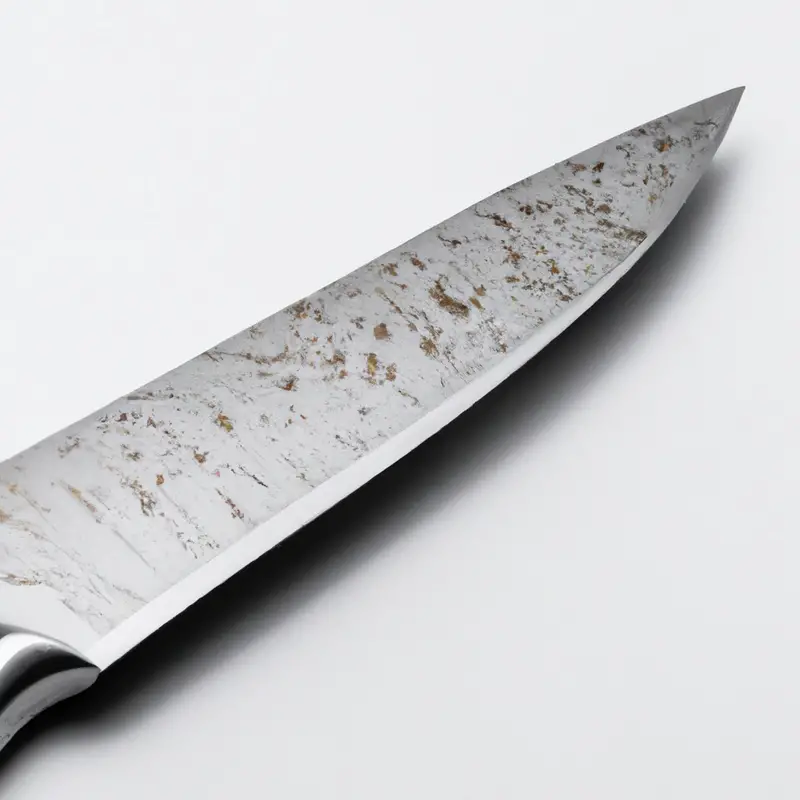
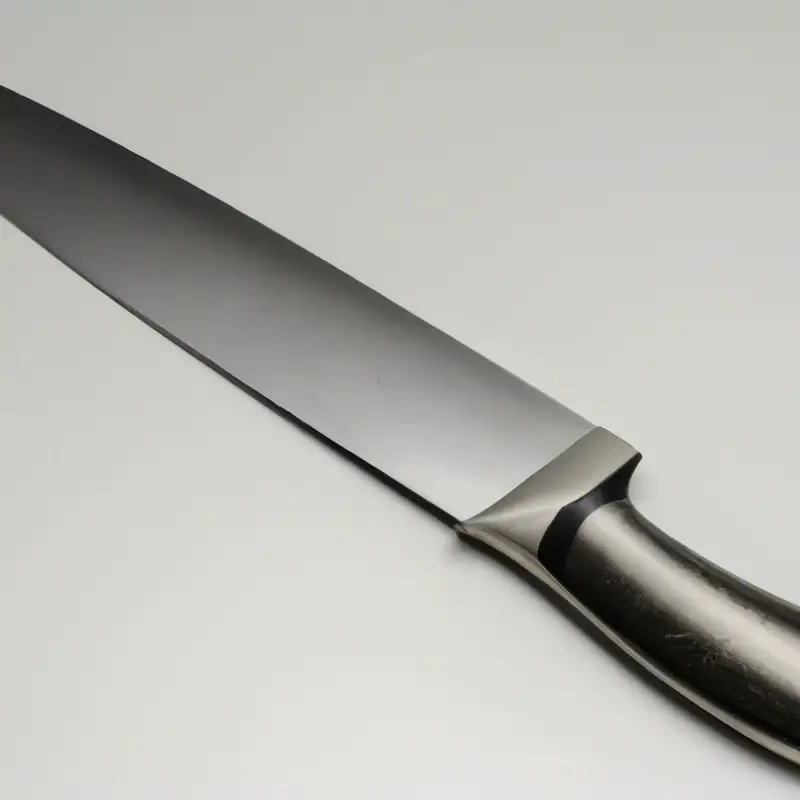
Final Verdict
Maintaining and flattening your sharpening stones is crucial for ensuring the optimum performance of your Gyuto knives. By understanding the various types of stones available, proper cleaning techniques, and the importance of using a leveling kit, you can achieve a sharp and consistent edge on your knives every time.
Remember to avoid common mistakes and store your stones properly to keep them in good condition.
By following these tips, you’ll not only extend the lifespan of your sharpening stones but also enhance your culinary experience by using a well-maintained and sharp-edged Gyuto knife. Now, go forth and sharpen with confidence!

